5. Blair Witch (Adam Wingard, 2016)
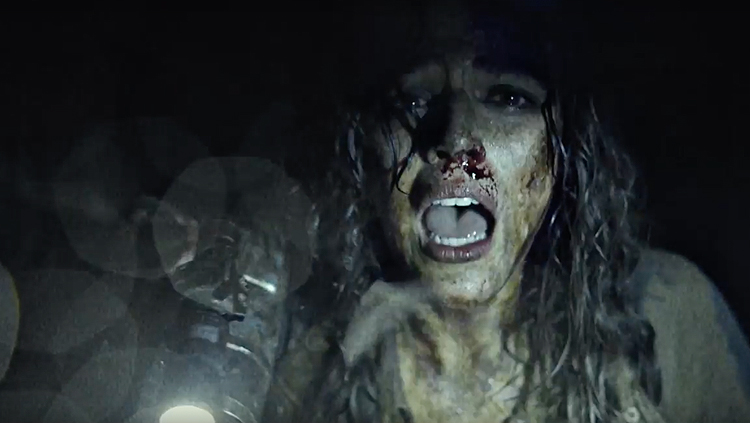
Originally titled “The Woods”, audiences of a particular found-footage film were thrilled when the true identity of the film was revealed at 2016’s San Diego Comic Con. Fans were plunged into a whirlwind of excitement, of which the film’s 100% fresh rating on Rotten Tomatoes fuelled. However, when the film began screening it dropped down to a mere 37%. It’s amusing that the 1999 original set box-office records, because Adam Wingard’s continuation set a new record: it is the only film to score 100% before being condemned with a rotten rating. For many, the film was a huge disappointment.
Set twenty years after the events of the first film and completely disregarding the second instalment, a group of friends find themselves in the Black Hills Forest in search of answers. Of course, they soon find themselves in danger at the hands of a mysterious and tormenting presence, fighting to escape the location that claimed Heather, Michael and Josh in 1994.
Wingard clearly has a respect for the original film, and wishes to maintain the found-footage approach by utilising drones and better technology; it’s a shame that Simon Barrett’s script offers nothing new with the film’s story. The concept is so tired at this point – friends going into the woods being picked off one-by-one.
Perhaps the only deviation from the original text is that the creature suggested to be stalking the group in the original is shown on-screen in this chapter, much to fans’ disdain. Knowing this, the directors backtracked and said that what audiences saw was not in fact the witch – which is rather hard to believe.
It’s a generic and largely boring effort, with the odd moment of tension and claustrophobia thrown in to keep the viewer awake. As mentioned, most were very disappointed with Blair Witch, but as history has proven, a film under the Blair Witch Project banner can achieve cult status even when that film is terrible. There are a significant group of people out there who adore the Book of Shadows sequel, and it would be wise to assume that Wingard’s offering will cultivate a similarly devoted fan-base.
If anything, it is more likely, and that’s because the 2016 film poses more questions than it offers answers. The identity of the witch is still being debated, as is the escalation of time, and even the idea that what may be happening to the group is the work of extraterrestrials. Information will likely leak every so often to keep the discussion going, and as long as it does, the cult of Blair Witch will slowly begin to form.
4. Lost River (Ryan Gosling, 2014)
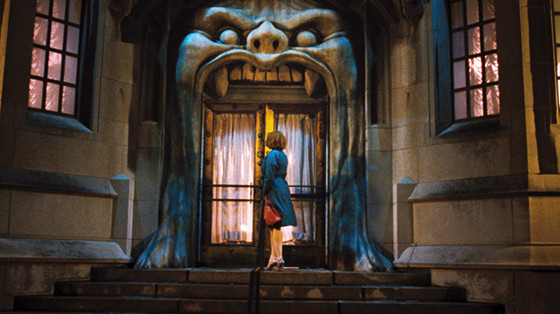
For fans of Harmony Korine, Gaspar Noe and David Lynch, you’ll be delighted to know that Ryan Gosling is also partial to their work. If you’ve seen Lost River, on the other hand, then you are already well aware. The directorial feature-debut of the Hollywood actor makes its influences abundantly clear, but that doesn’t mean that the film cannot be its own experience. Since then he has shown no signs of returning to the director’s chair, which is a shame because the film shows a lot of promise and potential to expand his skillset.
In the derelict town of Lost River, a single mother (Christina Hendricks) attempts to save her home by working at a mystifying nightclub for the exploitative Dave (Ben Mendelsohn). Her son shares the same goals, who believes that his town is in the grip of a curse that he must desperately try to lift. Other curious characters are introduced, such as Saoirse Ronan’s entity of innocence Rat, and the relentlessly unhinged Bully, in a surprising turn from Matt Smith.
Although the narrative ushers these characters into dark territory, the film is exceptionally beautiful – a macabre fairy tale of sorts. Gosling’s direction is confident, and the cast all appear passionate about the material they are working with.
There are narrative similarities to Korine’s Gummo, nods to Lynch’s Blue velvet, and allusions to Noe’s Enter the Void in particular; in many ways the film is a love letter to the films that Gosling has a fond affection for, and those who share his passion will find something to treasure in this spellbinding narrative of love and resilience.
It is very likely that this will be Gosling’s solitary directorial effort, and in the years to come new audiences may find that the film had managed to go under their radar when initially released. The actor is adored by many, and this is a wonderful chance to witness the diversity to which his talents extend.
The original score by Johnny Jewel will also help the film to linger in the memories of those who see it, along with a wide range of visually arresting images – Lost River is apt to broaden its audience with every passing year, and may be regarded by many as an underappreciated gem from this decade when it finally comes to a close.
3. Despite the Night (Philippe Grandieux, 2015)
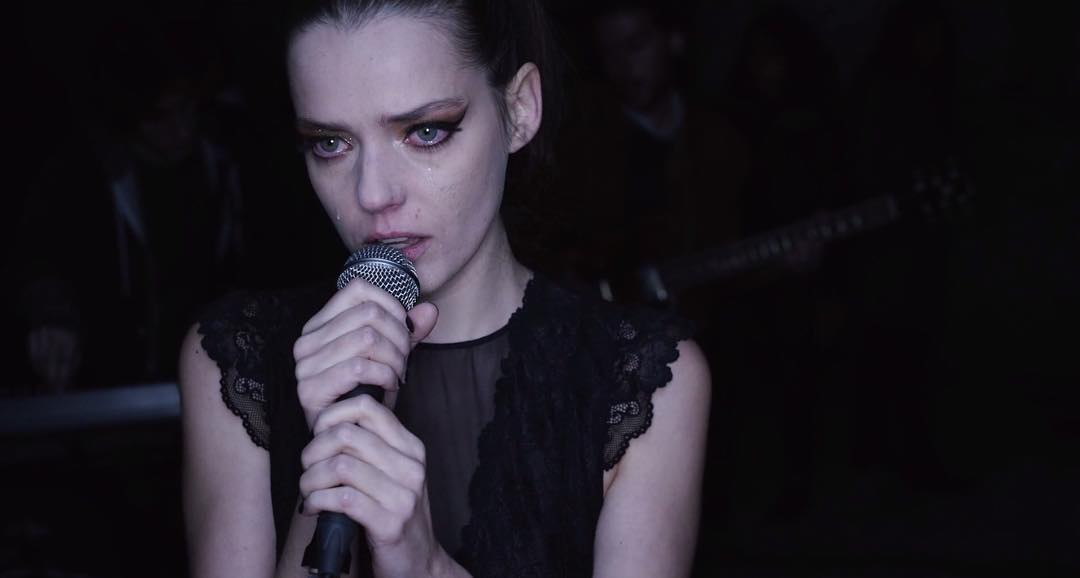
Philippe Grandieux is already a favourite among cultists, and has been heralded by such popular figures as Marilyn Manson, who in 2007, requested for Grandieux to direct the music video for his song Putting Holes in Happiness.
The French filmmaker and screenwriter isn’t particularly well-known, but is highly regarded in small circles for his experimental and subversive approach to cinema – even being compared to Pier Paolo Pasolini by some, which is crowning praise indeed.
His films Sombre and A New Life have already achieved cult status, and his 2015 effort appears destined for the same recognition. Despite the Night chronicles Lenz’s (Kristian Marr) search for the love of his life as he returns to Paris. As the pursuit intensifies, he finds himself spiralling deeper into the world of dangerous pornography and the underground snuff film.
There is no doubt that Grandieux is totally unafraid to approach any subject matter, regardless of the taboos that must be raised to adequately explore the darkness of humanity he appears fascinated with.
The promise of diving into the unknown remains the appeal of his films, and there are certainly stylistic qualities that he possesses which many do not. This recent effort is undoubtedly the work of an auteur who feels knowledgeable of his audience, and makes films that he in turn would want to see.
His films have been regarded as experiences, of which is fitting because the elements needed to elevate a film like this are absent. The acting – particularly Marr’s performance – feels incredibly strained, and often shatters the mood that Grandieux is otherwise successful in achieving; that is, until idiotic decisions are made by the characters that feel pencilled in just to progress the narrative.
The film feels more comfortable when basking in a sinister mood, and the story, already minimal, actually distracts from the film’s true merits. However, it does manage to fascinate, and may even hold up better on repeat viewings – not that this matters too much, because Despite the Night will be cherished by the few that it was intended to be seen by nonetheless.
2. The Greasy Strangler (Jim Hosking, 2016)
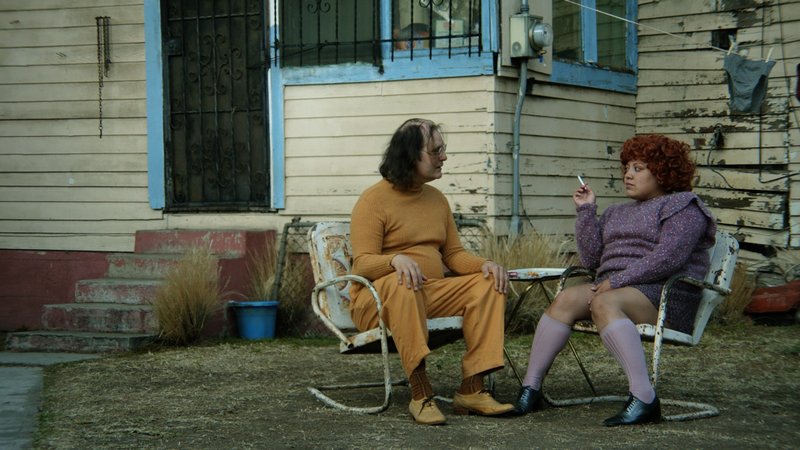
Often a filmmaker strives so hard to make a cult film that audiences recognise their intentions and refuse to take the bait. This could have been the case for Jim Hosking’s debut, a film so unapologetically desperate to achieve cult status that it may actually do just that.
A father-son duo who run a disco-tour begin to compete for the affection of a woman they encounter at work. No matter how brief, trying to describe the plot of a film like The Greasy Strangler is rather pointless – descriptions fail when discussing the debauchery of the film’s protagonists in their quest to consume more and more grease. It would perhaps be more fitting to explore the appeal of Hosking’s promising directorial effort. Those familiar with the work of John Waters may choose to regard this as an overt attempt to replicate the sleaze of Pink Flamingos, and they may be right.
Fortunately, Michael St. Michaels’ performance as Big Ronnie is so outrageously comedic that it holds up against comparison, rather than offering audiences with something second-rate. His dialogue, delivery, and expression all embody the absurdity of the kinds of comedy film that just aren’t made anymore – films like Waters’ Polyester and the early gore films of Peter Jackson. There aren’t really any jokes, and yet the film manages to raise consistent laughs – perhaps because of Hosking’s total dedication to create something so bizarrely grotesque that one has to either laugh, or vomit.
The Greasy Strangler is certainly cinema at its trashiest and an irresistible guilty pleasure; fans of deranged comedy will be rewarded with quotable dialogue and something to tell their friends about in vivid detail. Although the aims for cult status are clear, this is one of the exceptions that seems on-track for success. Halloween this year is likely to see its fair share of pink turtleneck sweaters and white wigs.
1. Brawl in Cell Block 99 (S. Craig Zahler, 2017)
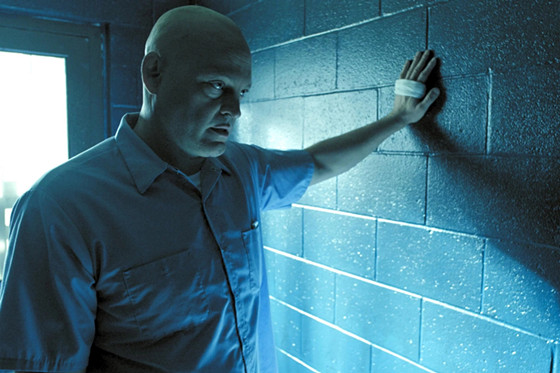
Within the space of three years and with just two films, American director S. Craig Zahler has established himself as one of the most exciting emerging filmmakers working today.
In 2015, the release of his debut-feature Bone Tomahawk showcased an impressive skill for genre hybridity, blending the western and the horror film in a way that resists one detracting from the other, instead resulting in a piece of work that holds up as a shining example of both genres. His follow-up effort was hotly anticipated, a prison film promising a serious and unexpected performance from comedic actor Vince Vaughn in the leading role: Brawl in Cell Block 99.
Vaughn plays Bradley Thomas, a former boxer who after after a brief stint trying to integrate himself into an average working routine decides to distribute drugs for an old acquaintance. After a pick-up is foiled by the police, he is sentenced to a lengthy jail sentence which actually proves to be the least of his worries.
The employer of those who were afflicted during the pick-up kidnaps Bradley’s wife and offers him a proposition: his unborn child will remain unharmed if he is able to force his transfer from “the fridge” to a much more heavily controlled prison, so that he may find an enemy of the kidnapper and kill them. This then begins his hellish descent into the foul and nightmarish Cell Block 99.
The dialogue is slick and impressive – always aided by the confident abilities of a stunning cast, featuring a particularly stylish and reserved performance from Don Johnson as the prison’s authoritative overseer. Despite a terrific supporting cast Vaughn remains the film’s strength throughout the entire run-time, turning in a performance that makes one wonder where this side of him has been his entire career.
Together with Zahler’s direction, he is able to construct an unbelievably enthralling protagonist; one that the audience will struggle to peel their eyes from. On the contrary, there are moments of brutal violence that will certainly cause heads to turn. Yet, even shots of extreme violence are unable to halt the entertaining tone thanks to to the films indebtedness to exploitation filmmaking – the gore is excessive, quite clearly fake, and perfectly compliments the film’s exaggerated tone.
Brawl in Cell Block 99 is so much fun, and stands might proud as one of the most entertaining films in recent memory. Vaughn’s performance, the practical effects and simplistic narrative all contribute towards a modern exploitation film that an already established fan-base of Zahler will return to time and time again. This is not a film for everyone, yet many will feel that the film was made just for them. Cult status is inevitable.